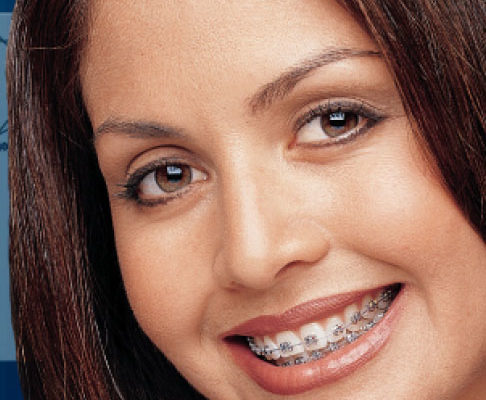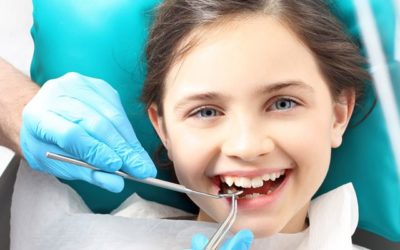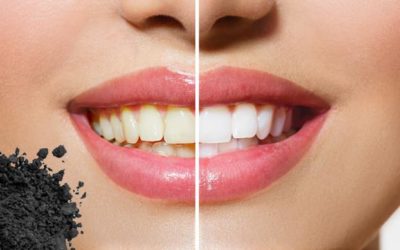Emergency Dentist
What you need to know in the event of an oral emergency
It’s easy to take our precious teeth for granted. We don’t tend to think about them when we’re eating – we just bite, chew, and swallow, like we’ve always done. When we smile, it’s doubtful we even acknowledge that it’s our teeth gleaming from our mouths that make that smile so attractive. But when dental trauma strikes; think broken and chipped teeth, toothaches and injuries, you want to be able to act fast, safe in the knowledge that there’s help at hand. Here’s what you need to know.
What constitutes an emergency?
A dental emergency usually involves injury to a tooth/teeth due to trauma (e.g. a knocked out or dislodged tooth), an infection of the tooth or soft tissues, severe dental or facial pain (usually a pain that is not relieved by painkillers), fractured teeth or a tooth with an exposed nerve. Where things such as this occur it’s time to get yourself along to the dentist sooner rather than later.
How common is dental trauma?
According to an international research study involving the University of Western Australia[1], the annual incidence of global dental trauma is around 4.5%. When you think about the human population of the world (more than 7.6 billion), that’s a lot of teeth getting knocked about.
The study found that around one-third of children and one-fifth of adolescents sustain traumatic dental injuries mainly to their front teeth. Most commonly it’s falls (toddlers) and sports injuries (adolescents) that are the main culprits. The most important thing you can do, should the unfortunate happen to you is to have an action plan in place.
What to do if a tooth is knocked out?
Just thinking about knocking teeth out of your mouth is enough to make you want to clench them. Still, it’s worth knowing that there are a few things you can do before getting to the dentist that could potentially save your tooth.
When a tooth has suffered a blow and has been knocked out completely, getting to the dentist as fast as possible will be important. If the tooth is clean – place it straight back in the socket. Be careful however to face it in the correct way around and do not touch the root. Grip the crown of the tooth only (the part you can normally see in the mouth). If the tooth is dirty, rinse it in milk before placing it back in the socket. Bite lightly on some gauze to keep it in place while heading to the dentist. The tooth needs to be re-planted within 30 minutes for best results.
Only replace the tooth if the injured person is fully conscious and only replace adult teeth. Baby teeth are not replaced, however a visit to the dentist is still important to check the trauma site.
If it is not possible to reimplant the tooth, take both the tooth and the patient to the dentist as soon as possible. Keep the tooth moist by storing in milk or physiological saline, or wrapping the tooth damp in plastic cling wrap. Do not let it dry out.
Hot tip: Keep gauze and a small carton of UHT milk in your sports kit, just in case.
Where can I get help?
Pacific Smiles centres are open six or seven days a week, with many centres also open evenings and public holidays, ensuring emergency treatment is more accessible than ever. The next time you visit your dentist, have a chat about emergency care. You can go on taking your teeth for granted but be prepared in the event that the unexpected happens to you.
Need to book in for an appointment? Visit pacificsmilesdental.com.au to find your nearest centre. With numerous locations offering a comprehensive range of services, you’ll find the exceptional care and expertise you deserve.




